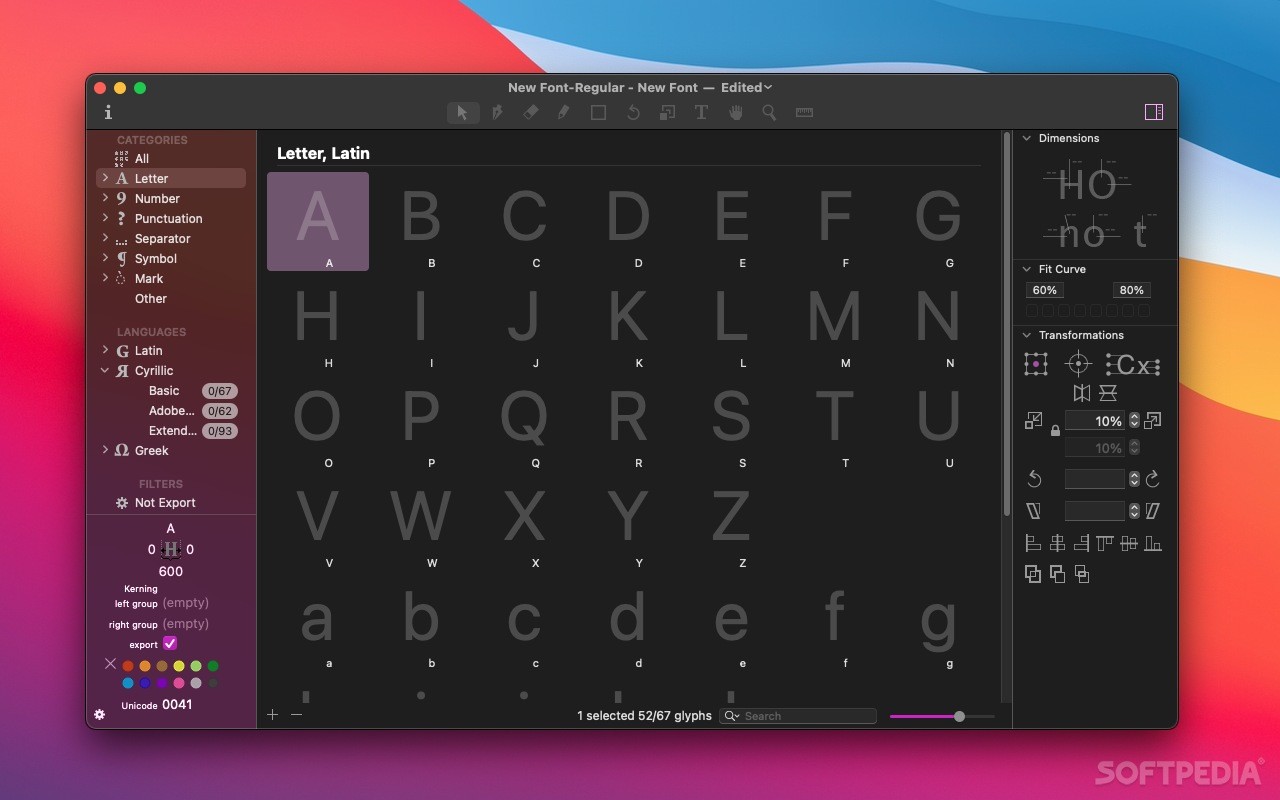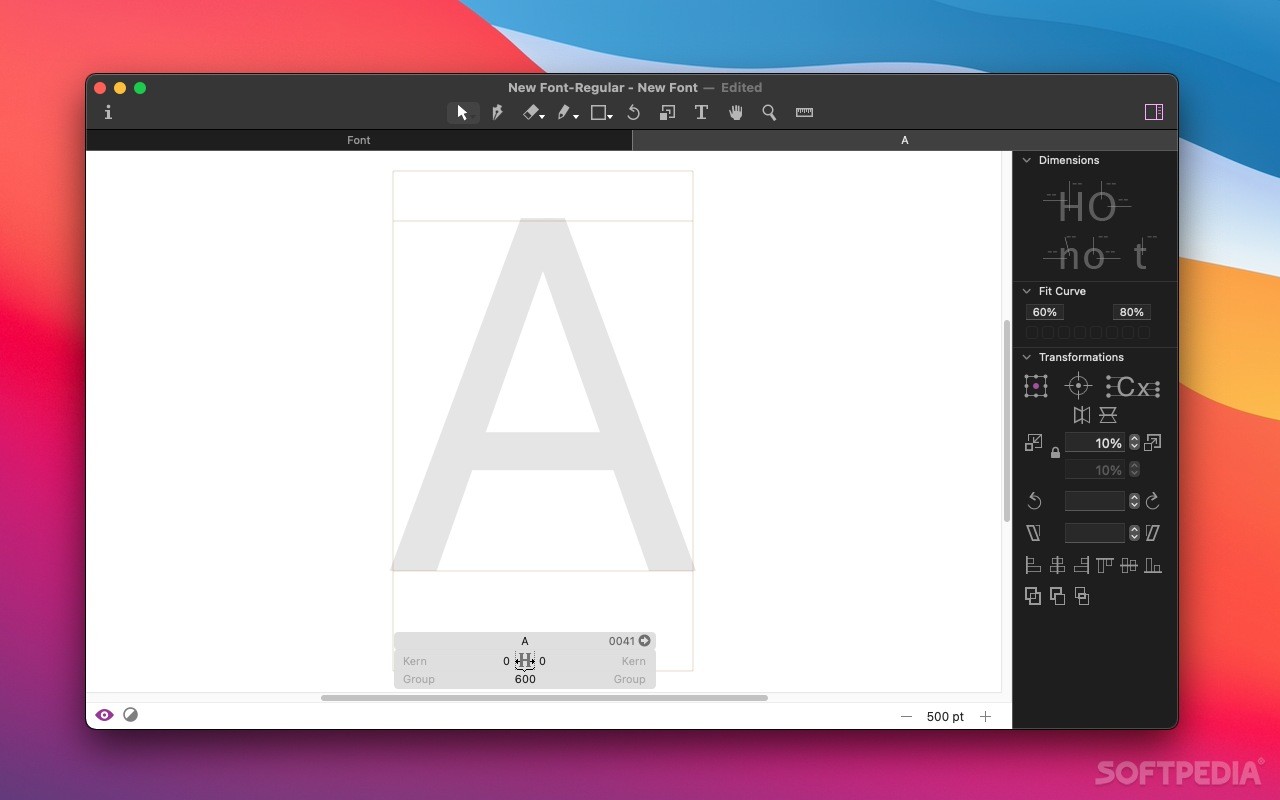


Sometimes, we take it into consideration, but we are not that bothered with hinting as years ago. The narrow typeface is Giorgio Sansĭo you consider hinting? Or, perhaps, this procedure is outdated?ĭS: The use of it largely depends on the scale of the project, on the amount of details we work through. There may be rare cases, though, when we are to consider the way the font works on low-res screens or a font with minimal decorum is required. Yet, there is no big difference today things tend to look okay both in print and on screen. Inevitably, when we pick the typeface, knowing it will be featured in print, we run tests on large-scale canvas, we print posters. For the last five or six years, we did not even consider this distinction.

Should we still distinguish between screen and print type?ĭS: From our experience, we should not. When we talk branding, the first thing to take care of font’s style and mood: be that serious or funny, be that technicity or “human touch.” We start by thinking about our approach to style, about font fitting the brand idea. In case a project has no graphic identity, we look for such a typeface that would transcend emotions and our ideas.

And, overall, the most important thing is to see whether it fits the project’s style. Does the font match the core identity of the project? How does it look in sketches? These are things to analyze. If we work on a promotional project, we look for charismatic fonts. We usually pick about two or three fonts, and it is our goal to take those which include many styles in order to smoothen the workflow. When it comes to web design with high information density, we choose reader-friendly fonts. What does grab your attention?ĭS: It depends on the task we got. Let’s kick off with your ways of choosing a font. We’d like to discuss the way the fonts work on screen. Secondly, we create graphic identities and branding solutions. Firstly, we develop simple and complex digital projects, websites, and apps. I made animation for this project.ĭS: We specialize in two things. We talked to guys about releasing animation daily, the end of the sans serif era in web design, and why they think the future of Cyrillic type is bright.ĭmitrii Sulliwan: Hi, my name is Dima, and I am an art director at Sulliwan studio.Īrsenii Garevskikh: My name is Arsenii Garevskikh, and I am a motion designer. The benefit of controlling those points in the sidebar palette is that you can do this process by either selecting a segment in an entire outline or, more abstractly, in a corner component, then you can rearrange the edit view zoom level to whatever is comfortable in judging the shape of the curve to the overall glyph/word…and via the sidebar making those changes to both oncurve and offcurves.Moscow-based Sulliwan Studio took hold of our Instagram last October. So by selecting a segment, you can test a curvature with Fit Curve, adjust oncurves, rerun Fit Curve again until reaching the desired curve…this would all take place in the sidebar palette. The idea is to be able to do that process from a single location. For me, it feels like an iterative process of moving oncurves fit curve handles. So while Fit Curve sets the offcurves relative to the oncurves…the question I ask myself are the oncurves in the ideal location to begin with? if not, then I would like to move them in the least amount of controls/movements and then run Fit Curve again and see if that result is better. I guess the way I’m thinking about it is being able to quickly test to find the desired curve. So if any nodes or segment was selected that it would bring up the option of moving those nodes via slider(s). Maybe this can develop to be a general palette plugin tool to provide another way of moving nodes instead of tapping arrow keys. So what I am imagining is if there was a way of also adjusting the position of the oncurve nodes – while a segment is selected – in relation to the handles via a palette so they can be used in conjunction with fit curve tool. In practice, after changing the curvature, the oncurve nodes also need some adjustment to transition smoothly into a straight segment. In this example, the handle 1 and handle 2 axes moving together essentially do what the fit curve does by adjusting the length of those handles based on some proportion to the fixed oncurve nodes. It’s using a smart component but imagine that the oncurve nodes and handles would still be visible. Here is a mock-up to try and get the idea across. The control option method is okay but still requires lots of selecting/deselecting nodes and holding down extra keys.


 0 kommentar(er)
0 kommentar(er)
